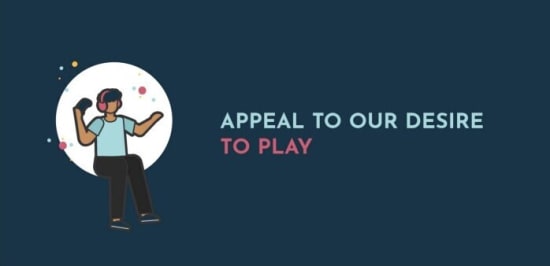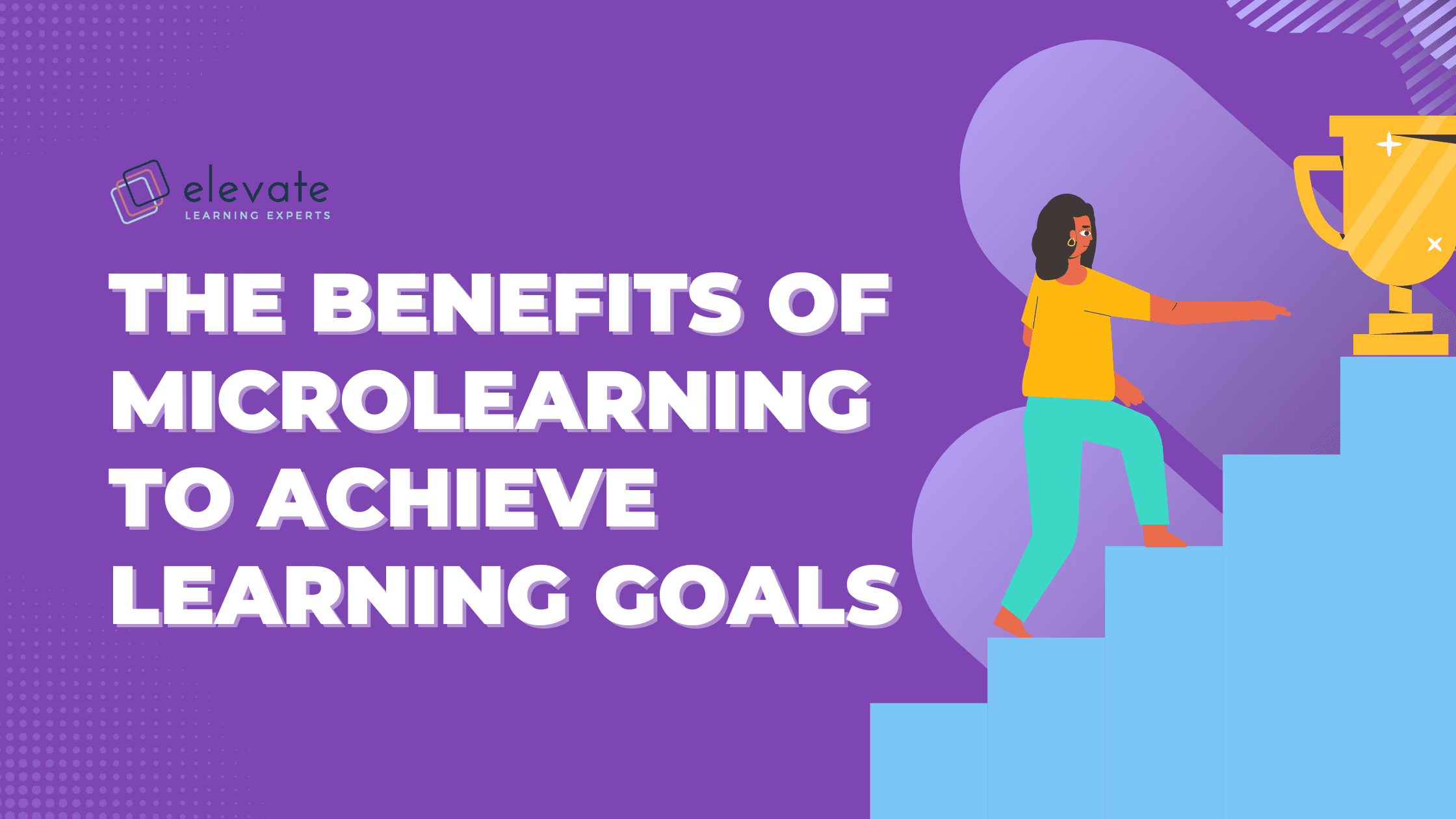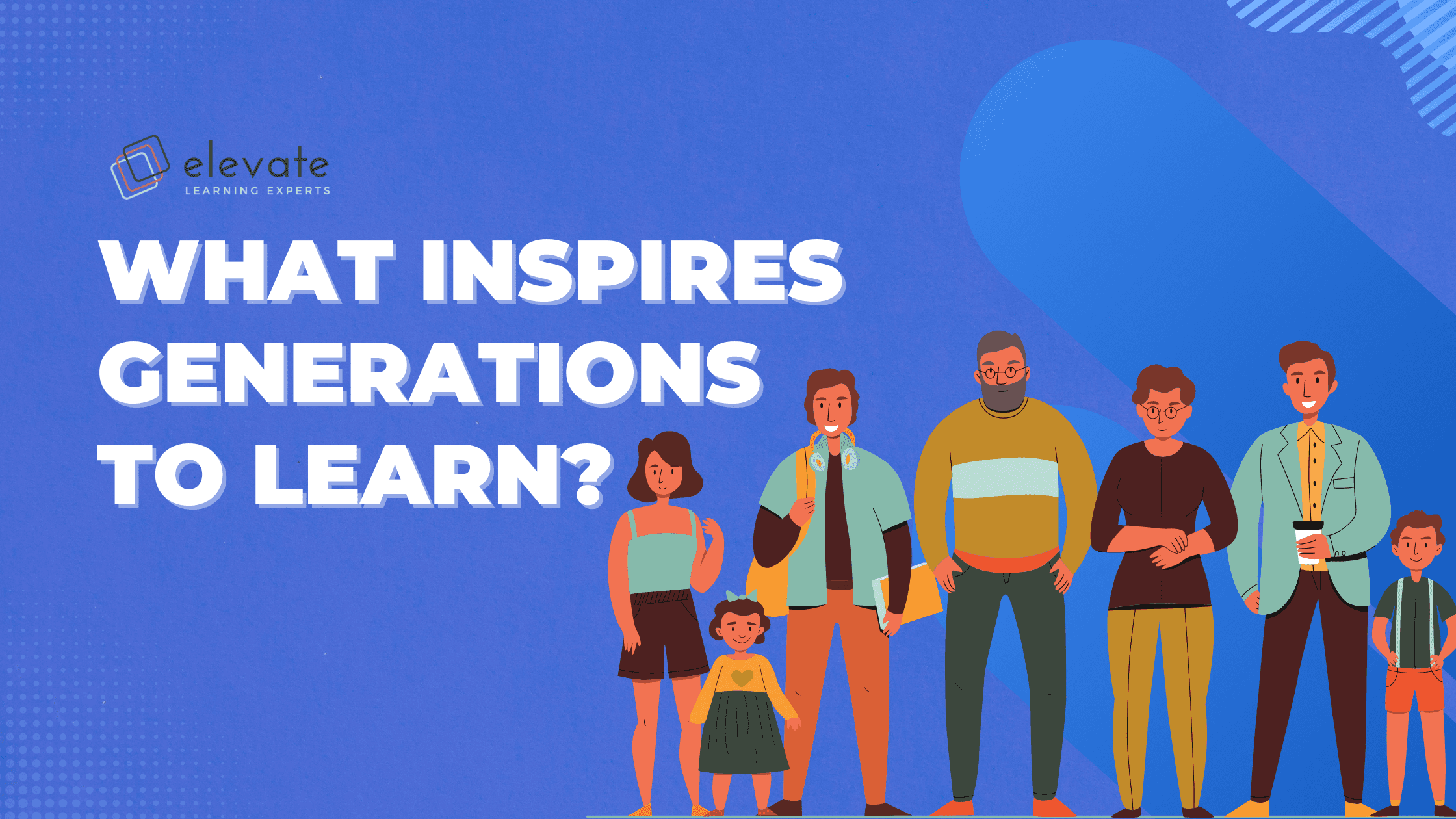Understanding gamification tactics to deliver impactful learning experiences.
Modern adult learners are difficult customers to please. They’re strapped for time, digitally fatigued and are mostly uninterested in mandatory company training. Cutting through the noise and designing impactful digital and blended learning experiences means to understand their needs and motivations. Although most learning experience designers are not trained psychologists, we can lean on the psychology of human motivation and behaviour to consider what will encourage them to complete the course, keep them engaged throughout a webinar, submit optional assignments, or contribute to a learning community discussion forum.
Learners need to feel as though they are solving problems that are relevant and applicable to their daily lives. They need to feel a sense of accomplishment and also understand why they need to engage in a learning process and what they’ll gain from the experience. This is why we use gaming tactics — because tapping into learners’ underlying motivations and building this into the design of the learning experience means you’ll more likely achieve your learning goals, and gamification provides the tools and tactics to do so.
There are two fundamental ‘types’ of motivation.

Extrinsic motivation stems from factors external to the learner and are typically related to pressures to complete the learning programme. These might come from expectations of a boss, the promise of a reward or promotion or the fear of failure or punishment. Extrinsic motivators might also include the potential for public recognition or learning experiences that provide a sense of instant gratification. These motivators, while seemingly effective in the short term, do little to instill a love for learning, or a curiosity or desire to keep learning.
Intrinsic motivation is made up of the learner’s internal reasons for pursuing learning. These could include personal goals and ambitions, genuine interest in a subject, a need to prove something or even competition between peers. An intrinsically motivated learner is attracted to the perceived status of having knowledge and experience about a subject, and the ‘reward’ of mastering a topic or skill.
<img src=”https://res.cloudinary.com/elevatelearning/image/upload/c_scale,w_550/v1652430527/site-articles/using-gamification-to-motivate-learning/what-is-gamification_huh2ga.jpg” alt=“What is Gamification? title=“What is Gamification?” class=“img-center”/>
What is Gamification?
Gamification has increasingly been thrown around as a cure-all for low motivation and engagement levels in learning programmes. However, it’s important to distinguish between applying gamification tactics and creating educational games, the latter referring to game-based scenarios or commercial gaming experiences.
Gamification, however, is the use of game design elements to motivate and engage participants of a learning experience. It is an approach to learning experience design that uses tactics and principles of learning theory to extrinsically and intrinsically motivate participants to achieve learning objectives. Gamification tactics draws on a learner’s natural desire to achieve mastery, to compete and engage with others and to solve challenges. It utilises aspects of behavioural economics and basic human psychology to tap into our desire to achieve status, to belong to a community of like-minded individuals to achieve and develop skills in a real-world or simulated environment.
Gamification is a delivery tactic
In a previous article on the LXD Process one of the important steps in creating a course is to identify the competencies, skills, knowledge or experience the learner should achieve upon completion of the learning programme. Gamification can be used as an engaging and effective delivery tactic to achieve these learning objectives.
Here are four ways you can use gamification tactics to improve learner motivation.

Appeal to our desire to know more
When incorporating gamification tactics in a course or learning system, at its simplest, you’re scaffolding and cascading information. This information could be the content itself, unlocking new modules upon completion of the other, sharing bonus content, or drip feeding microlessons.
 ### Appeal to our desire to belong
### Appeal to our desire to belong
Creating community discussion boards, opportunities to share thoughts and reflect on the experiences of the learning with peers helps to create a sense of belonging among participants. This natural social pressure motivates learners to contribute to the learning experience of others, incentivising their own engagement throughout the course that creates a compounding effect that continuously builds community.

Appeal to our desire to win
Gamification tactics such as creating opportunities for participants to level up, earn points or rank on a leaderboard, or offering rewards or incentives for their accomplishments, creates natural competition, particularly for those with a strong internal locus of control (put simply, those who believe they make their own luck). By creating a virtual currency or point system, learning designers can appeal to a participant’s natural competitiveness and drive for status as a motivating factor to learn and master skills.

Appeal to our desire to play
Making use of simulated game-play through in-course interactivities allows participants to feel like they’re not just completing mandatory course readings, but that they are actively engaged in the process of learning. These opportunities to play might include decision-making scenarios, flipcards, drag-and-drop or card reveals, knowledge checks or problem-solving case studies or challenges.
Gamification tactics to improve learner motivation
More extrinsically motivated learners might benefit from gamification tactics by competing with others, gaining points on a leaderboard or unlocking new levels or bonus content. Learners who are more intrinsically motivated will experience the effects of gamification in the same way, but their motivation for receiving the certificate or topping the leaderboard will be because of their desire to be recognised as knowledgeable or skilled in that domain. They’ll complete a course willingly because they know that there’ll be a badge or certificate they can add to their CV, social media or professional profiles.
These tactics, when used as part of an intuitive and well-structured learning design, will embed opportunities to achieve the learning objectives, so it’s important to ensure that the tactic that ‘levels’ the learner up, or achieves the points, is driven by the learning objective of the learning experience. Whether this is practicing a new skill, demonstrating an understanding of new concepts, or even just reflecting on the learning experience, the aim of the game is to align with the learning goals.
Using gamification tactics as part of your learning design strategy offers the opportunity to keep learners engaged, and ensure that they don’t only stay motivated throughout the learning experience, but that they enjoy it too.

